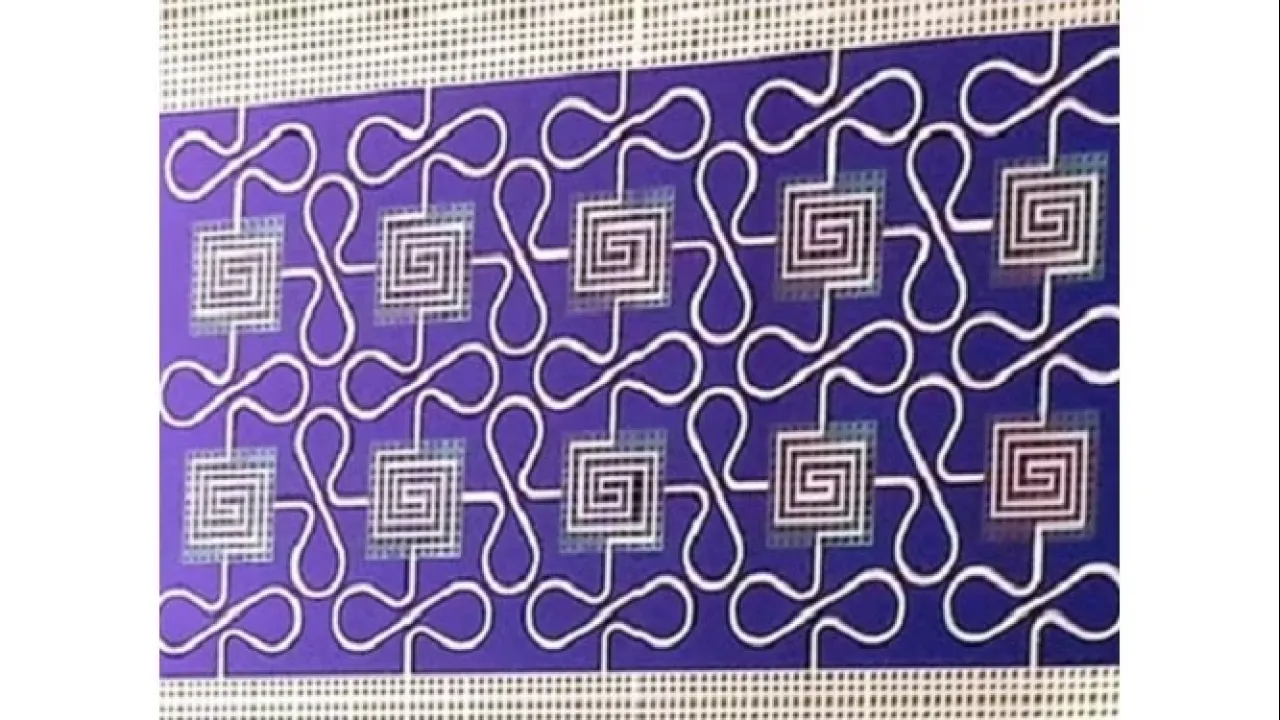
Electronics conference gives a positive charge
Highlighting sustainability and the work of female researchers was a strong focus of the international KAUST-US NSF electronics conference.
About
“Imagine if you could carry a whole lab in a small chip? Or if you had a battery that could power your mobile phone for two weeks straight…” The astonishing innovation of some of the world’s most eminent electronics scientists was showcased at this year’s KAUST-NSF Research Conference: Electronic Materials, Devices and Systems for a Sustainable Future.
Held for the second time in Saudi Arabia at KAUST, and jointly hosted with the United States National Science Foundation, the conference featured speakers whose research will enhance many facets of life ranging from human health to solar power.
Muhammad Hussain, of the Computer, Electrical and Mathematical Science and Engineering Division, was the program chair for the conference and was happy to receive positive feedback from the speakers and attendees. Hussain was also particularly happy that the conference showed how women were making an impact in electronics research. Eight of this year’s thirty five speakers were female, along with 40 percent of delegates attending.
One session on the role of Women in Science and Engineering (WISE) began with a talk by Haifa Jamal Allail from Effat University on opportunities for women as the demand for engineers grows. She urged institutional support for female Saudi engineering students and researchers while also pushing for more effort to attract more girls to the field. Her presentation was followed by a panel discussion on the challenges faced by women in the field.
Another WISE panelist, Jackie Ying, was also a conference speaker on electronic devices. Her laboratory at A-STAR Singapore’s Institute of Bioengineering and Nanotechnology develops nanosystems for diagnostic applications. Ying described an integrated system, called MicroKit, that rapidly and accurately type and subtypes influenza and other viral infections within two hours. She called the polymer-based system a “lab-on-a-cartridge”.
Read the full article